ASUS Eee Pad Transformer Prime Teardown
by Anand Lal Shimpi on January 4, 2012 4:54 AM EST- Posted in
- Tablets
- Eee Pad
- Asus
- Mobile
- Transformer Prime
In researching for my piece on the Transformer Prime's GPS issue I needed to know the location of the GPS antenna inside the Transformer Prime. Given the limited supply of Transformer Primes at this point, it's not too surprising that no one has done a proper teardown of the tablet. I grew frustrated of trying to figure out what was going on in the leaked FCC photos of the TF Prime so I decided to dissect mine.
If you hold it in a landscape orientation with the camera at the top, the Prime is held together by a bunch of plastic snaps across the top/sides and adhesive along the bottom. The easiest way to get it open is to separate the display from the aluminum chassis using a plastic opening tool along the top and sides. You'll need a heat gun to warm up the glue to get the bottom to pry apart. Proceed at your own risk, while I was able to put the Prime back together after all of this there's a high risk of damaging your beauty.
There are two ribbon cables (three connectors) that have to be disconnected before you can separate the Prime into its two halves. The display half tells an interesting story:
There are contacts for the two WiFi antennas as well as for the GPS antenna on the display side of the Prime. Flipping back over to the motherboard side you'll see how the signals cross the gap:
Little pogopins make the connection between the traces/pigtails on the PCB side of the Prime to the antennas on the display side. There are three pogopins and three contact points. This is arguably better for reception than burying antenna pigtails between the PCB and the aluminum chassis.
The labels on the antenna PCBs give us the first indication that there's WiFi antenna diversity in the Transformer Prime:
The Prime's long, slender motherboard is covered by black tape populated with a few small, conductive pads. These pads connect ground points on the Prime's motherboard to the metal backing of the display:
With the tape removed we have access to the motherboard, although its easier to remove if you first pull out the battery:
The component-side of the motherboard is also covered by black tape however this time there's actually a thin but fairly rigid layer of metal enclosed by the tape. The metal is used as a heatsink (primarily for the Tegra 3 SoC) and is exposed in a couple of areas along the board:
Four ARM Cortex A9 cores running at up to 1.3GHz is enough to require some heat dissipation, although thankfully we don't have to worry about cramming fans into these tablets.
Here's the full board:
If you flip through our teardown gallery you'll notice a pair of antenna pigtails (one seen above) on the Prime's motherboard. There's continuity between these pigtails. We suspect they are used to bring the second WiFi antenna chain to the other side of the motherboard (the Azurewave WiFi controller is on the leftmost side of the board, near the first WiFi antenna).
There aren't many surprises inside the Transformer Prime. There's a 32GB Hynix e-NAND (eMMC controller + MLC NAND in a single package) device on-board as well as a single 1GB Elpida LPDDR2 DRAM. It's unclear to me what the specified operating frequency is of this DRAM since Elpida hasn't updated their public DRAM datasheets in years.
Overall the design and layout are pretty neat. It's insane to see the level of integration on these tablet PCBs. I still remember the days of reviewing AT-sized motherboards before we got on-board audio codecs. I'm particularly interested to see what happens as traditional PC architectures start showcasing similar levels of integration. Haswell will already be made available in a single chip SoC solution. While it won't be cool enough to fit into a fanless tablet, the line between notebook and tablet will be further blurred as a result.
If you are curious to see more shots of the inside of ASUS' Eee Pad Transformer Prime, check out our gallery below:


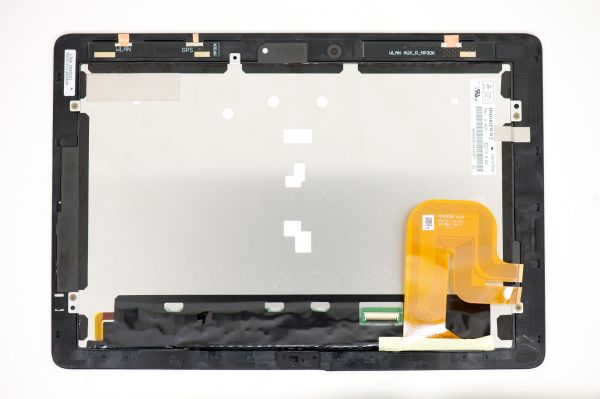
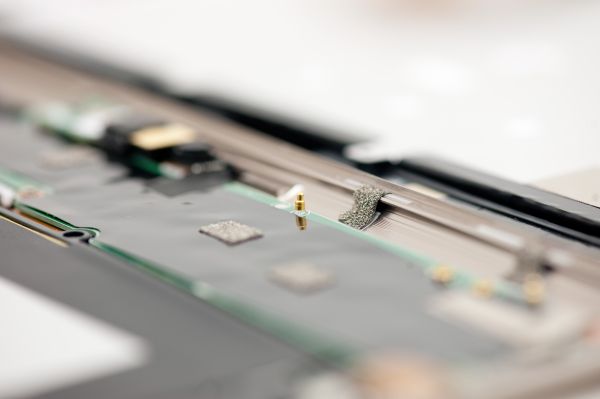
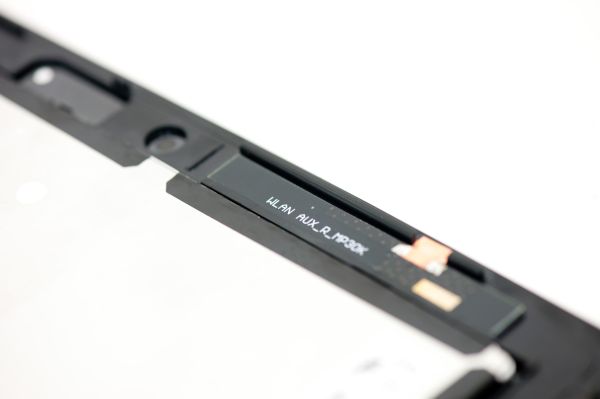
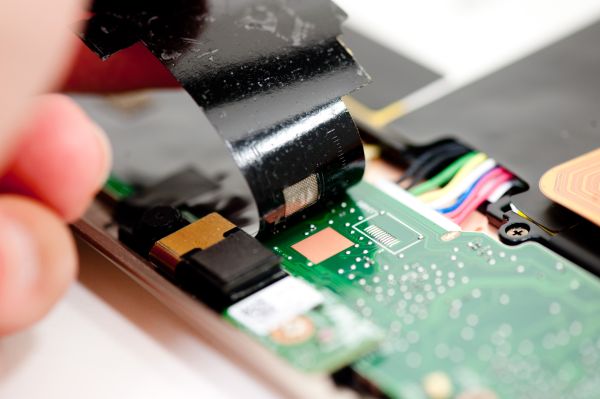
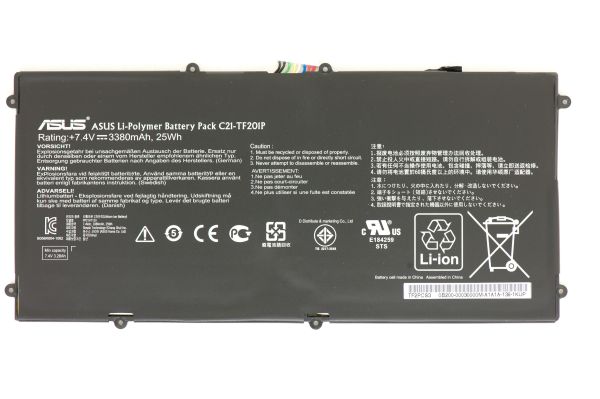

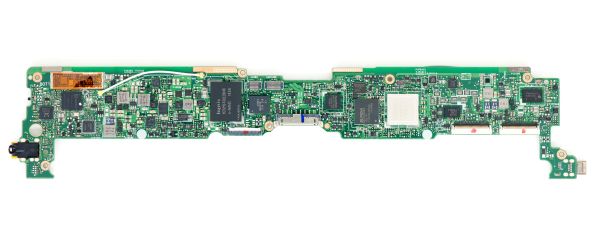




















14 Comments
View All Comments
Ruben1075 - Wednesday, January 4, 2012 - link
Have you tried to get a GPS lock without the aluminium back put back on?dunkhy - Wednesday, January 4, 2012 - link
i guess i ll sound stupid here, but if internal antenna is blocked by the conductive case, why not connect the antenna to the case? signal would be less clear, but yet stronger, but i guess i m wrong else it would be done like that at first...andytran93 - Wednesday, January 4, 2012 - link
But then we'll probably get the same antenna issues the iPhone 4 had.silverwings - Wednesday, January 4, 2012 - link
Please can you test with the metal back off with screenshots. It would be nice to know what could be achieved if I had a plastic back made. I think its a mixture of design and software issues.You mentioned in the review the prime had the wrong time zone set for the gps test. Can you elaborate on what you did to rectify the problem.
Thanks for the great reviews
Solandri - Wednesday, January 4, 2012 - link
If you're going to be taking these types of close-up macro shots often for your site, you need to get DSLR and a tilt-shift lens. A tilt-shift lens will allow you to tilt the plane of focus so it's parallel to the circuit board, rather than parallel to the camera's sensor. Google for Scheimpflug principle if the following link doesn't work:http://en.wikipedia.org/wiki/Scheimpflug_principle...
CityZen - Thursday, January 5, 2012 - link
I disagree, I think the very narrow depth of field of these pictures is actually on purpose. This way, he can better highlight the part of the picture that's more relevant.Maybe I'm wrong and he'd like all of the picture to be in focus, in which case your solution would be better.
Then again, given the narrowness of the depth of field, he's probably using a DSLR for these pictures (maybe using the trick of reversing the lens to get a powerful macro with very narrow depth of field? see: http://photo.blogoverflow.com/2011/07/take-macro-s...
theledman - Sunday, January 8, 2012 - link
...or just increase the f-stop so the depth of field isn't so narrow. You don't really need a tilt shift for a wide dof.Cerif27 - Wednesday, January 4, 2012 - link
Ok. So this might be crazy talk but how nuts/reasonable would it be to start drilling holes in the back of this case around all these choked antennas? I couldn't give a flip about GPS but having consistent wireless is pretty important. Plus, a lot of us are handy with a drill. If that DOES seam reasonable, can we get some more detail as to how to get just the back cover off?Meanwhile I still sit here and wait for my 64gig tablet to come in the mail some time around the beginning of next month even though I just got my keyboard dock in the mail today...sigh. It's times like these that the word fiasco comes to mind.
Tommy
vision33r - Wednesday, January 4, 2012 - link
Tegra 3 while powerful right now it is will be the slower chip after spring with the arrival of the iPad 3 and other Android competitors.I don't see the need to get this tablet when it features mostly last year's features except for the quad core CPU.
Hajduk_Veljko - Wednesday, January 4, 2012 - link
I travel a lot and sometime I am in the hotel room with not so good WiFi signal strength. I was in line to buy this tablet, but not any more. I want to see a hardware fix to improve WiFi and GPS features before I toss 600 bucks for 64Gb version. Or, get a different, soon to be available, Tegra 3 tablet.